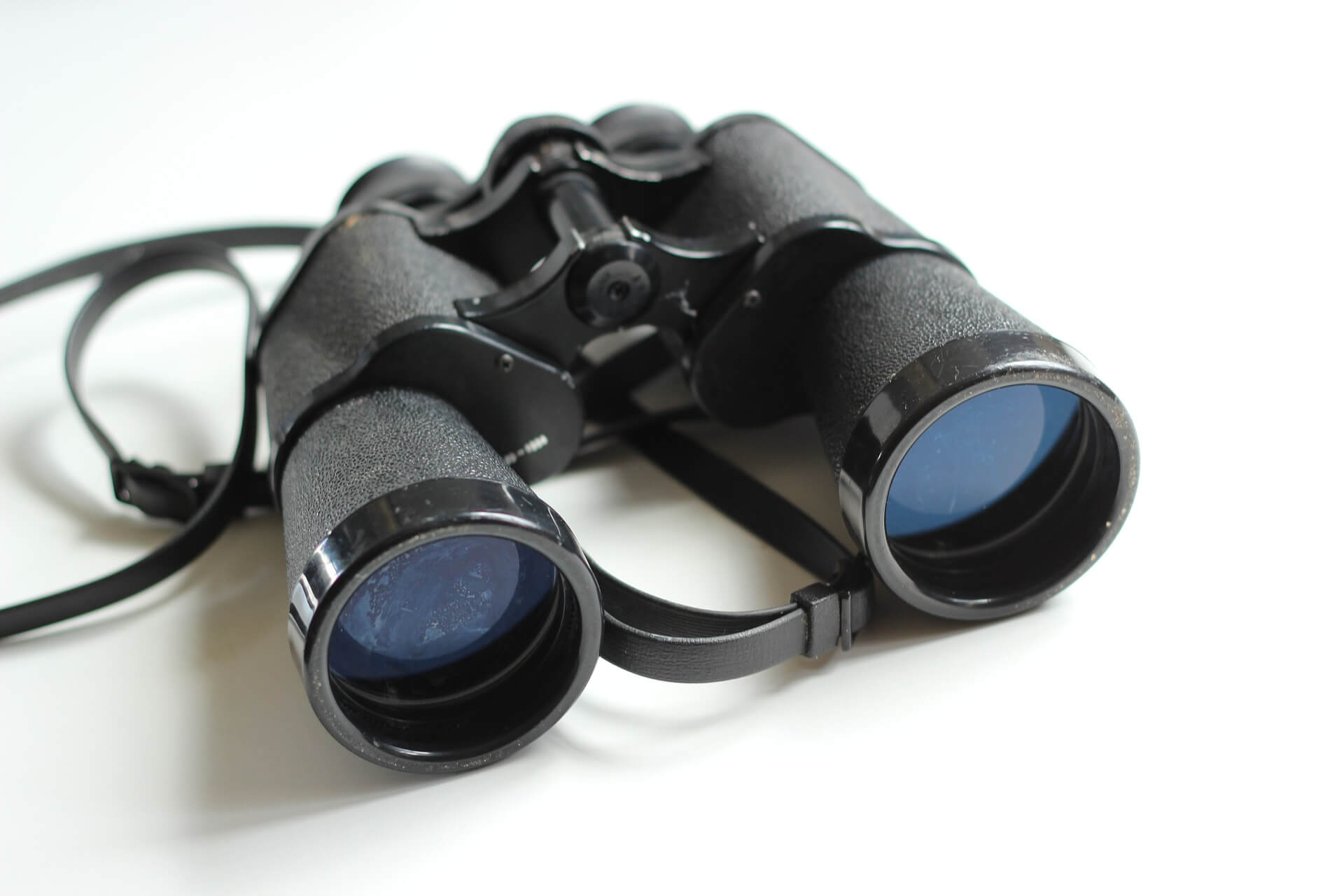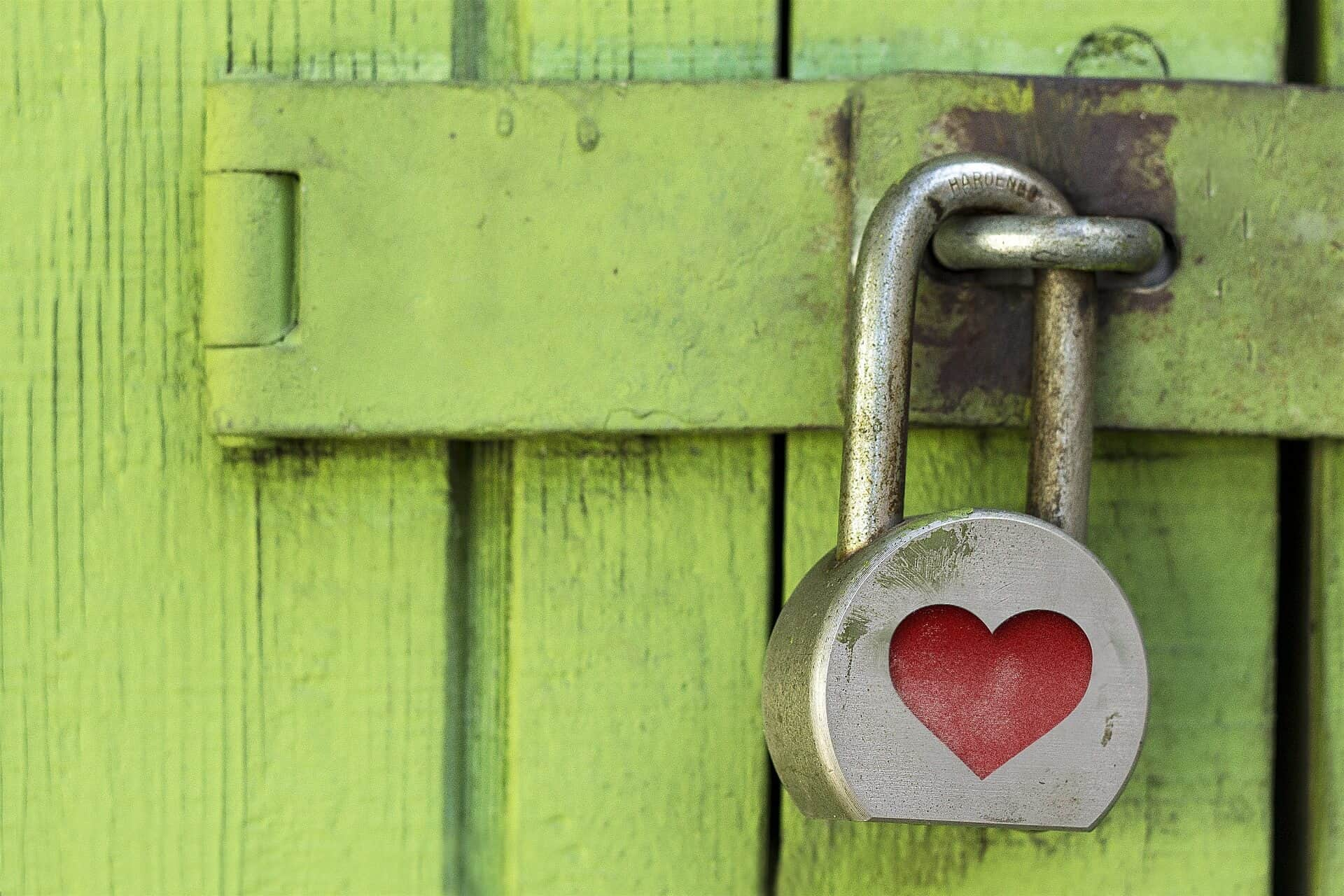
What is cyberstalking?
The definition of Cyberstalking is quite simply, “the use of the internet, or other electronic means, to harass and intimidate a selected victim”.
Common characteristics include (but aren't limited to) classic 'stalking' behavior — tracking someone's location and monitoring their online and real-world activities. Cyberstalkers have been known to fit GPS devices to their victims' cars, use geolocation spyware on their phones, and obsessively track their victims' whereabouts through social media.
Examples of cyberstalking can include other behavior that's intended to intimidate victims or make their lives unbearable. For instance, cyberstalkers might target their victims on social media, trolling and sending threatening messages; they might hack emails, to communicate with the victim’s contacts, including friends and even employers. Social media stalking can include faking photos or sending threatening private messages. Often, cyberstalkers will spread malicious rumors and make false accusations, or even create and publish revenge porn. They might also engage in identity theft and create fake social media profiles or blogs about their victim.
Kaspersky’s State of Stalkerware Report highlighted the extent to which cyberstalking is an issue for people globally. Over 31,000 people were affected by cyberstalking in 2023, an increase of 5.8% from the previous year. Nearly 40% of the respondents to the report said that they had experienced violence or abuse from a current or previous partner, while around one in eight admitted to installing or setting parameters on the phone of their current partner.
So, we know what cyberstalking is. But who are its victims? You might be surprised. While most cyberstalking victims are women, 20 to 40 percent of victims are actually men.
Cyberstalking goes a lot further than just following someone on a social network. It's the intent to intimidate, which is the defining characteristic of cyberstalking.
What are the typical signs of cyberstalking?
No two cyberstalking cases and victims are the same, so the nature of each case can vary substantially. However, generally speaking, cyberstalkers will display one or more of these behaviors:
Incessant and excessive contact
Messages and attempts to make contact regularly and/or sending large volumes of messages in a very short space of time.
Overly complimentary messaging
Liking and commenting positively on large numbers of social media posts and images, especially older ones that would take time and effort to look for, and the sending of unwanted gifts.
Threats and aggression
Rude or threatening comments and suggestions of blackmail by threatening to release personal information or sexually explicit content relating to the victim into the public domain.
Tracking and attempts to obtain personal information
Attempts to hack into the victim’s devices, cameras, or social media profiles and the creation of fake social media accounts to contact the victim.
Sexually suggestive and explicit behavior
The sending of sexually explicit messages and images and requests to receive the same from the victim.
If any of these behaviors continue after the cyberstalker has been asked to stop - either by the victim or by a third party aware of the situation - then this is a clear suggestion of a serious cyberstalking case.
What are the consequences of cyberstalking?
Cyberstalking represents an invasion and violation of a person’s right to privacy and to not be targeted by unwanted contact and behavior. Because of this, it’s understandable that the consequences of cyberstalking can be serious and wide-ranging, including:
Emotional: many victims of cyberstalking develop depression, anxiety, and stress, which can have long-lasting consequences for mental health overall.
Physical: as well as the risk of physical violence from the stalker, the mental effects can have physical consequences, such as disruption to sleep patterns and difficulty eating healthily and regularly.
Mental: victims of cyberstalking can also find it difficult to rebuild their confidence and trust in people even after the contact has stopped - not only online but in their day-to-day interactions with family, friends, and co-workers.
How to avoid being stalked online
One good exercise you should carry out now is to Google yourself and find out just what information a potential cyberstalker could find online. You may be shocked by how easy it is to track you down. Not to mention, find your home address, phone number, and other personal details.
And if that's bad, you might want to check how much data someone could compile on you if they had access to your friends' and family's social media, too. For instance, they might find out which bar you were in, with which friends, or where you'll next be going on holiday and when.
You might even find stuff purporting to be from you that someone else has uploaded: a fake blog, or a Craigslist account putting your phone number and home address out there.
This is how cyberstalkers get started - Googling their victims and finding out everything they can. That means you’ll certainly want to make that information as hard to obtain as possible.

Tips for protecting yourself from cyberstalkers
Increase your privacy settings
Start off with your own data. Take a good look at your social media accounts and if you haven't done already, enable strong privacy settings.
- Make your posts 'friends only' so that only people you know get to see them.
- Don't let social networks post your address or phone number publicly. (You might even want to have a separate email address for social media)
- If you need to share your phone number or other private information with a friend, do so in a private message - not in a public post.
- Use a gender-neutral screen name or pseudonym for your social media accounts — not your real name.
- Leave optional fields in social media profiles, like your date of birth, blank.
- Only accept friend requests from people you have actually met in person. Set your social networks to accept friend requests only from friends of friends.
- Disable geolocation settings. You may want to also disable GPS on your phone.
If other personal data is up on the web outside your social media accounts, start removing it. In the case of your SSN being displayed, Google will help you remove that. You may need to contact third party websites to get some of the data taken down. If you need a postal address for business, or for registering your web domain, use a post box address or office address (like your accountant's, for instance), not that of your home.
If you are using an online dating service, don't provide your full ID on the site or over email. Only give out your phone number to someone you've actually met and wouldn't mind seeing again. The best security advice is to not even give your full name online, only your first.

Be cautious of any incoming phone calls or emails which ask you to give personal information, however reasonable the purported request. If a bank or credit card company phones, get off the phone, and use another phone (for instance, if they rang your landline, use your cellphone) to ring back to verify, using the HQ or branch phone number that's on your paperwork — not the one you've just been given. And never, never, never give out your SSN.
Secure your PC and phone
Securing your data won't help you if your smartphone or PC is hacked. To prevent being stalked online you should build basic security into your online life.
- Be wary of public Wi-Fi, which can be hacked easily. If you need to log on in Starbucks or hotels, ideally use a Virtual Private Network (VPN) to prevent anyone from eavesdropping on your communications. Kaspersky's VPN can give you a secure connection wherever you are.
- A VPN will also hide your IP address - which could be used to track your internet provider account, and through that, your address, credit card number, and so on.
- Be careful where you leave your smartphone. It's not difficult to install spyware without leaving a trace - just leaving your phone on your desk for a few minutes is long enough.
- Make sure your phone and computers are password protected. Use a strong password, not something easy to guess, and reset your passwords regularly.
- Use anti-spyware software to detect any malicious software that's installed. Delete it, or better still, back up your data, then do a factory reset to ensure the spyware is completely eradicated. Kaspersky's antivirus comes in both PC and Android versions to keep all your devices safe.
- Remember to always log out of your accounts when you're done — don't leave social network accounts running.
- Beware of installing apps that want access to your Facebook or other contact lists. Do you know what they're planning to do with it?
- Have your devices checked by a professional to see if they are carrying any malware or hidden tracking devices that would allow a cyberstalker to monitor your activity.
Create a safety plan
All of the online measures listed above can form part of a wider safety plan that can help you stay as protected as possible, both digitally and in the real world. You can add into this measures such as:
- Assessing your home security and potential situations where you may be vulnerable.
- Ask family and friends not to share information or content about you online that you don’t feel comfortable with sharing - and ask them not to engage with any particular people who you suspect are stalking you.
- Know the right places to contact when you need more organized support, such as national helplines and specialized resources.
- Report any examples of cyberstalking to the platform or social media provider involved, as well as to the police.
- Retain evidence of stalking or harassing activity, making copies both for yourself and for sending to the police for further investigation.
What is catfishing?
Catfishing is a form of fraud or abuse where someone creates a fake online identity to target a particular victim. Catfishers may lure their victims into providing intimate photos or videos, then blackmail them, or may develop a relationship and then ask for money for a sudden emergency.
Catfishers can be very convincing, but you can discover their scam in several ways.
- If all their online photos are selfies or studio shots, with no other friends, no family, and no context, that's a big clue.
- Do a Google reverse image search against the online photo on a dating site. You may find the person has multiple online profiles with the same photo but different names.
- Ask if you can do a video call on Skype. Guess what? Catfishers will usually make their excuses - and you won't hear from them again.
What to do if you're cyberstalked
If you're being stalked online don't wait and hope the problem will go away — act immediately.
- Make it clear to the cyberstalker that you don't want to be contacted. Put it in writing, and warn them that if they continue, you'll go to the police. Don't engage with them at all once you have issued this warning.
- And if they continue, go to the police. Many police departments have a special cyberstalking team, but they're not going to quibble about a cyberstalking definition. If you've been threatened or you're being harassed and intimidated, then they'll deal with it—whether it's on Facebook, email or through spyware on your phone.
- If you think someone is tracking you through spyware, don't use your own computer or phone to get help - borrow a family or friend's phone.
- Get your computer and phone checked over by a professional for spyware or other signs of compromised accounts.
- Change all your passwords.
- In the case of social media stalking, use your privacy settings to block the person, and then report the abuse to the network. You can easily find out how to report cyberstalking in most social networks' help and support pages.
- If you have been sent abusive or threatening emails, you probably know the stalker's ISP - the bit after the @ in their email address. Contact abuse@domainname or postmaster@domainname. Most ISPs take cyberstalking very seriously. If they're using Gmail, there's a reporting mechanism you can use at https://support.google.com/mail/contact/abuse.
- You can filter abusive emails to a separate folder so that you don't have to read them.
- If you think the cyberstalker might harass you in the workplace, tell your employer.
Save copies of any communications involved, including your own, police reports, and emails from the networks. Back up the evidence on a USB stick or external drive.
Cyberstalking laws
Cyberstalking is subject to general laws on harassment, such as the Violence Against Women Act 1994 in the US, and the Protection from Harassment Act 1997 in the UK. California created the first state-level law specifically addressing cyberstalking as an offense in 1999, and other states have followed suit.
It's good that cyberstalking is now being recognized as the serious crime that it is: cyberstalking can wreck people's lives, but it doesn’t have to wreck yours.
Related links
- Anatomy of Online Dating Scams - How Not to Become a Victim of Cyber-romance
- What to Do if Your Email Account Has Been Hacked
- What is Spyware? - Definition
Recommended products:
FAQs on Cyberstalking
What is considered cyberstalking?
Cyberstalking is the act of using electronic or digital means to harass or stalk a person. This can include monitoring their behavior, tracking their online or offline whereabouts, irritating or intimidating a person, revealing personal and private information about them, or using their information to break the law or steal their identity. This can be achieved through virtually any means of digital communication, such as email, social media, internet forums, instant messaging tools, and more.
How can I protect myself from cyberstalking?
There are several different things you can do to reduce your risk of cyberstalking, starting with ensuring that the amount of personal information about you on the Internet is kept to an absolute minimum. Installing anti-spyware and other security solutions can prevent malicious actors from accessing your activity from a technical point of view while having a safety plan in place can help you stay safe both online and offline.
What to do if somebody is cyberstalking you?
The most important thing is not to try and deal with the situation on your own. The more people that know about the situation, and the more they know, the better-placed they will be to help you. This means alerting the owners of the online platforms involved and the police and ensuring your trusted friends and family are aware of the situation so that the cyberstalker cannot find out more about you through them and their online activity.
What is the punishment for cyberstalking?
The level of punishment varies depending on the country involved and the nature and severity of the offenses. Many countries impose legal penalties such as fines, restraining orders, and imprisonment, depending on the severity of the offense and local laws.
Alongside custodial sentences, authorities can put in place restraining orders, injunctions, and Stalking Protection Orders that prohibit the offender from making contact with you. The penalties for breaking these orders are severe.


